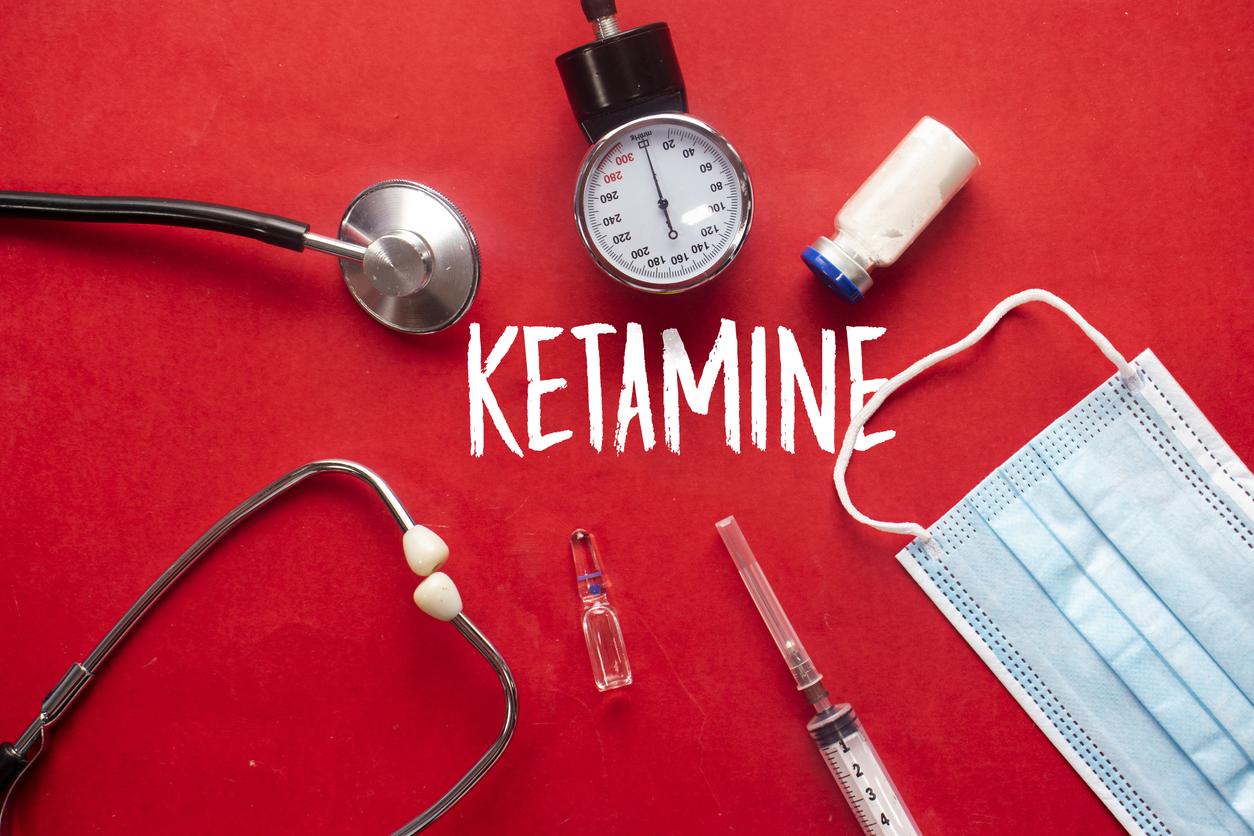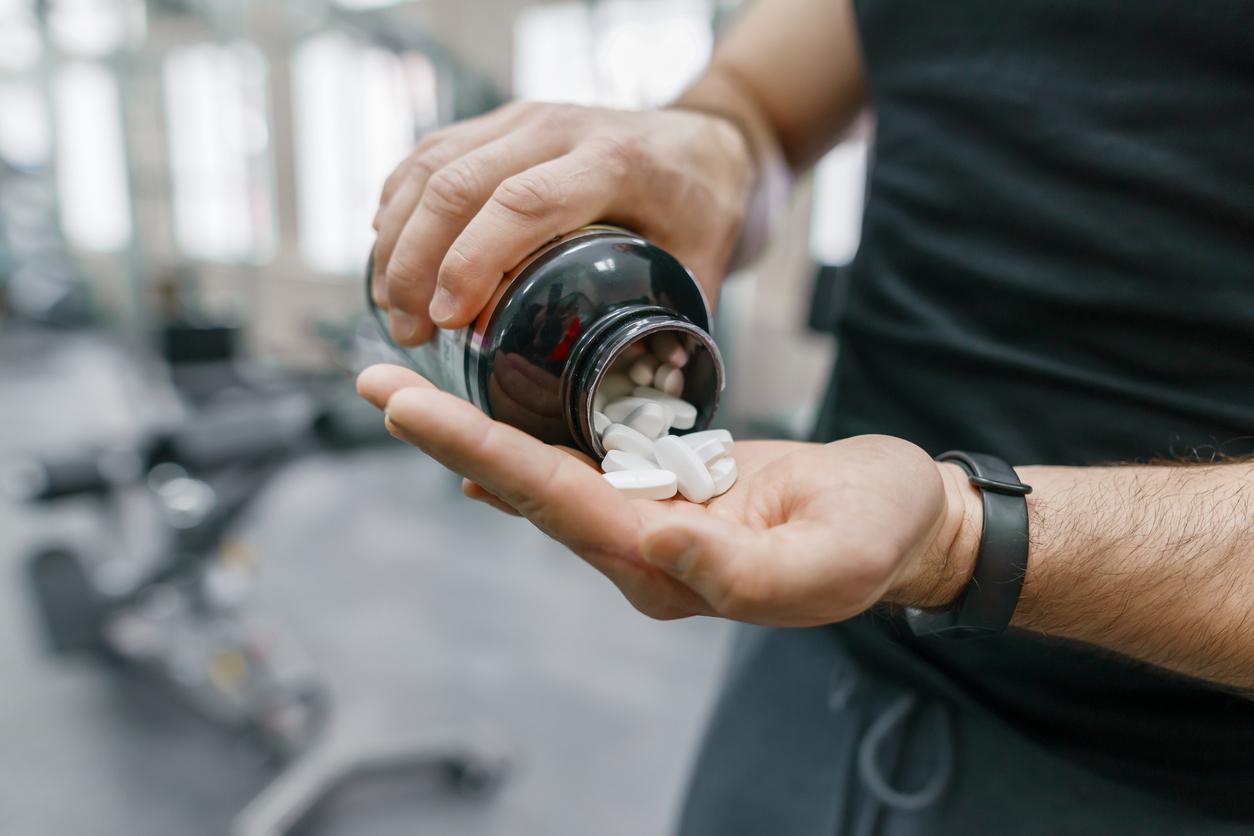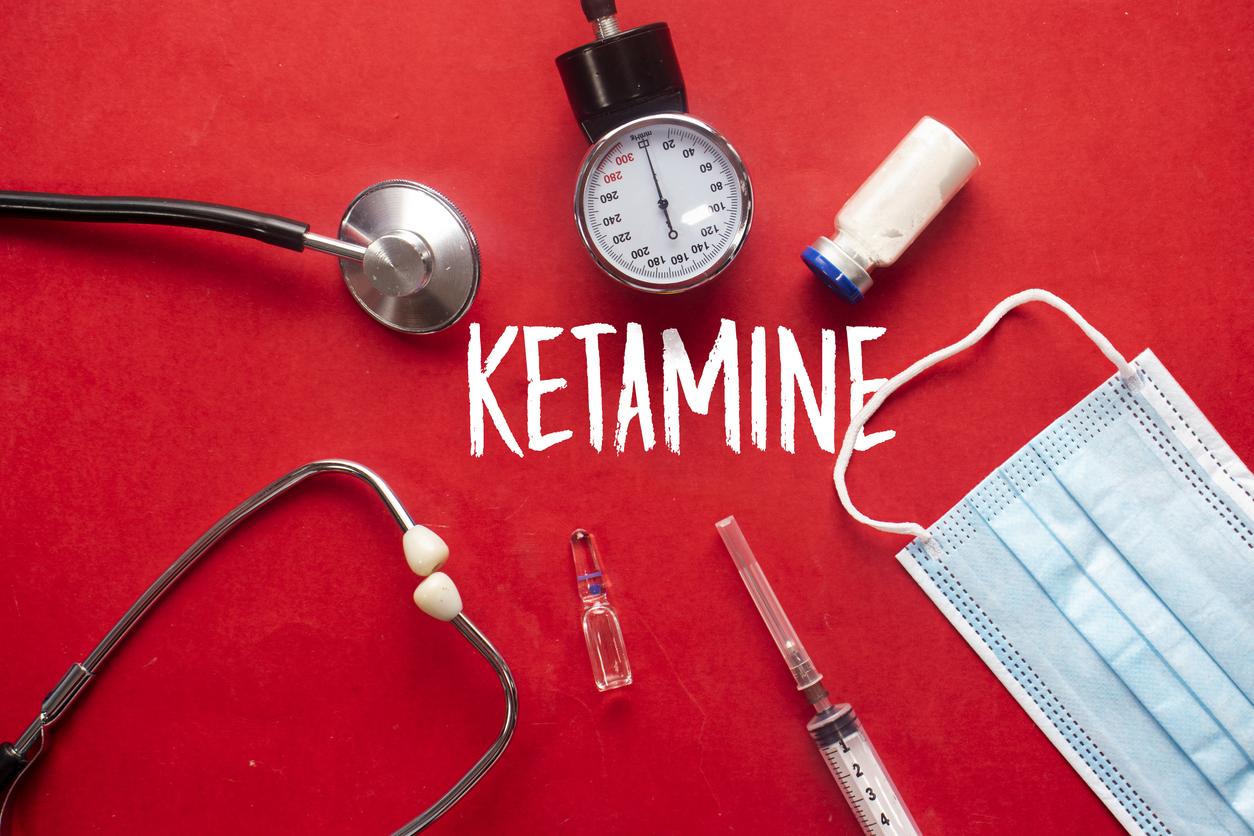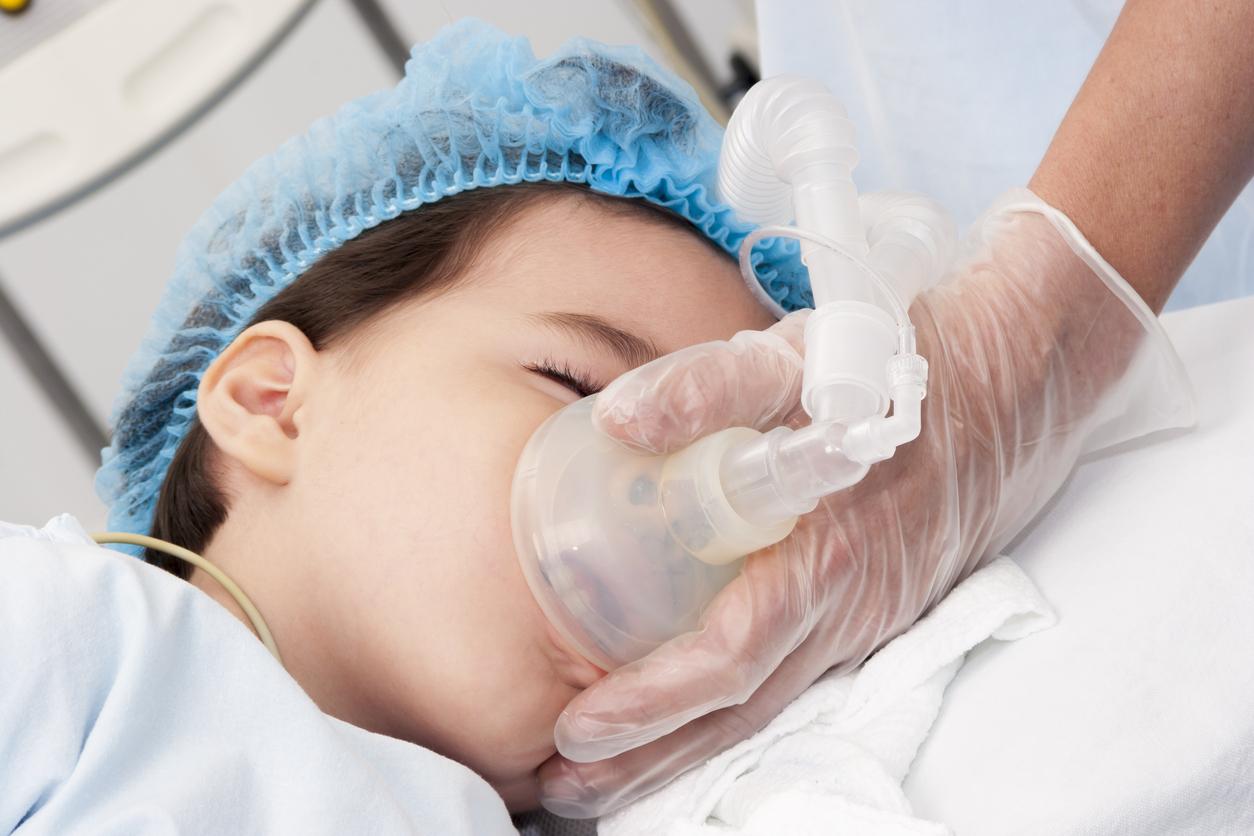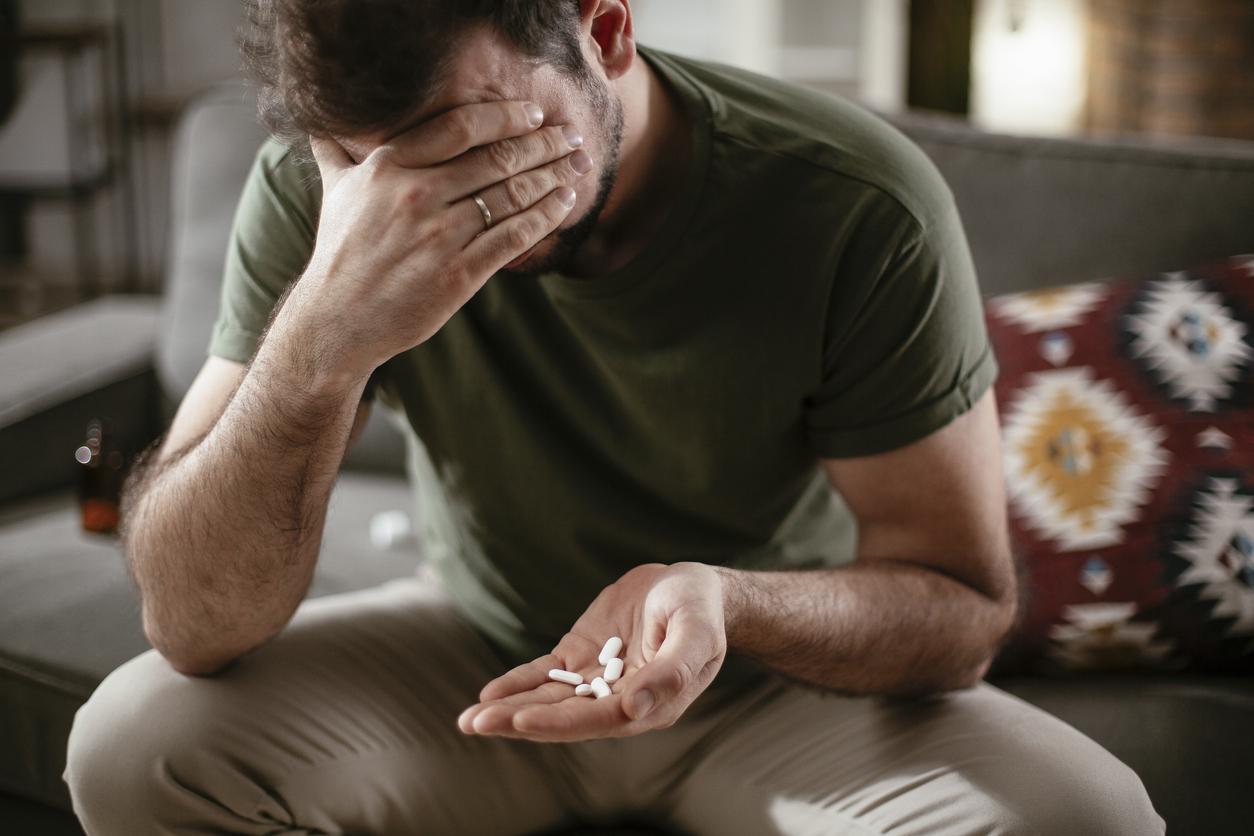Large doses of ketamine can cause serious damage to the liver. The health authorities ask to respect the dosages.
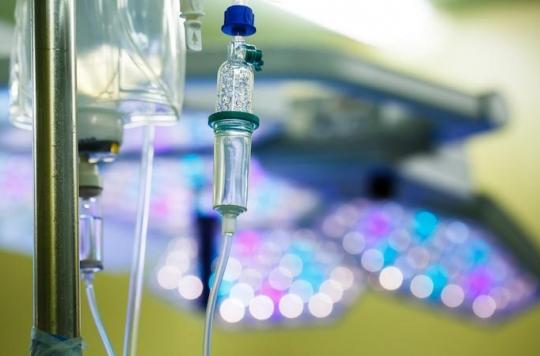
The pain is forgotten, but the liver suffers. Several cases of liver damage associated with taking ketamine have been reported to the National Medicines Safety Agency (ANSM). This June 20, she calls on healthcare professionals to exercise caution in their use of this anesthetic agent.
Since 2014, 10 cases of serious liver damage have been notified to health authorities. All patients were receiving high doses of ketamine by the time the complications emerged. For one to five months, they were exposed to dosages of up to 400 mg per hour over long periods of time, or even continuously.
These people suffer from “cholestatic attacks of the cholangitis type”, specifies the ANSM. Four of them even had to receive a liver transplant. We talk about cholangitis when the bile ducts inside the liver are gradually destroyed. In the long term, this disease can lead to cirrhosis, liver failure, but also cancer of the bile ducts.
A very controlled narcotic
These complications are worrying because they occur in the context of conventional care. The patients were treated for intractable pain or for the prevention of painful care. Two recognized indications. But the dosages were very high.
In the case of the treatment of intractable pain, they exceeded 100 mg per day, taken continuously. In pain relief, the dose was up to 400 mg per hour over a period of 3 to 6 hours. In view of the risks, “it is essential to respect the recommended dosages and to monitor the liver function closely during such uses”, underlines the ANSM.
Ketamine is now under close surveillance. All formulations authorized in France are considered narcotics since april. The aim was to limit recreational use and abuse, which was experiencing an alarming increase. Since 2010, good practice recommendations also apply.
This alert could also temper the ardor of those involved in medical research. Recently, several teams have turned to ketamine in the treatment of depression or post-traumatic stress. If the doses are lower, the side effects should be seriously considered.
.








